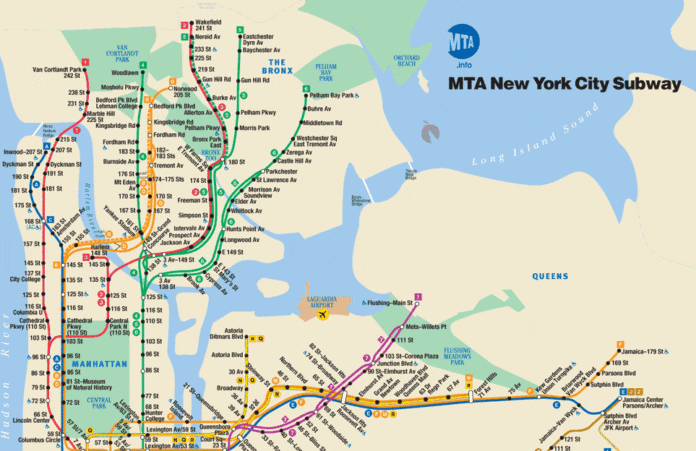Day two of the Federal Communications Commission’s Auction 96, also known as the H-Block, witnessed $85 million more in potential winning bids, driving up the total amount to just over $306 million. Each day of the auction at this point includes three rounds of bidding.
The last round of bidding on day two included two new high bids at the top of the bidding leader board, with both the New York City economic area and Los Angeles economic area licenses receiving new bids. The New York City EA license, which also includes Northern New Jersey and sections of Connecticut, Pennsylvania, Massachusetts and Vermont, was bid up to $93.5 million. The Los Angeles EA license, which covers most of Southern California – except for San Diego – and portions of Arizona, attracted a new high bid of $56.8 million.
The Chicago and Washington, D.C./Baltimore EA licenses are still sitting on bids placed in the opening round of the auction, but remain as the third and fourth most expensive licenses to date.
The licenses included in Auction 96 include 10 megahertz of spectrum in the upper 1.9 GHz. A total of 23 entities had qualified to participate in the auction process, though none of the nation’s larger wireless carriers are in on the action. The FCC is not releasing the names of the entities that have placed high bids until the auction process concludes.
Bidding for licenses covering larger markets could become interesting as none of the entities that had qualified to bid in the auction currently offer services in many of the top markets. H-Block license winners will be required to meet build out requirements of 40% population coverage within four years and 70% coverage within 10 years, which would seem to place pressure on those that win licenses in larger markets to come up with a business plan to compete against established operators.
Smaller carriers had argued before the auction process for the FCC to break up the licenses into smaller commercial market area sizes that would have swelled the total number of licenses up for bid from 176 using the EA model to 734 licenses using the CMA model. The smaller carriers claimed that the EA licenses often include larger markets that they have no interest in entering.
That argument is expected to become louder for the planned 600 MHz incentive auction currently planned for mid-2015. A report released late last year by the Summit Ridge Group made the case for increased revenues being generated by smaller license sizes.
After two days of bidding, 99 of the licenses up for auction had received a potential winning bid, with the FCC still hanging onto 77 licenses. Dish Network, which is participating in the auction, recently proposed to the FCC that it would bid a minimum of $1.5 billion for the H-Block if the FCC would allow Dish to use that band in combination with its adjacent 30 megahertz of spectrum in the 2 GHz band for downlink transmission instead of having to split the spectrum channels for two-way traffic. Dish is under the gun to build out the 30 megahertz of spectrum it now controls covering 40% of the population in those markets within four years and 70% of the market within 10 years.
Bored? Why not follow me on Twitter?

